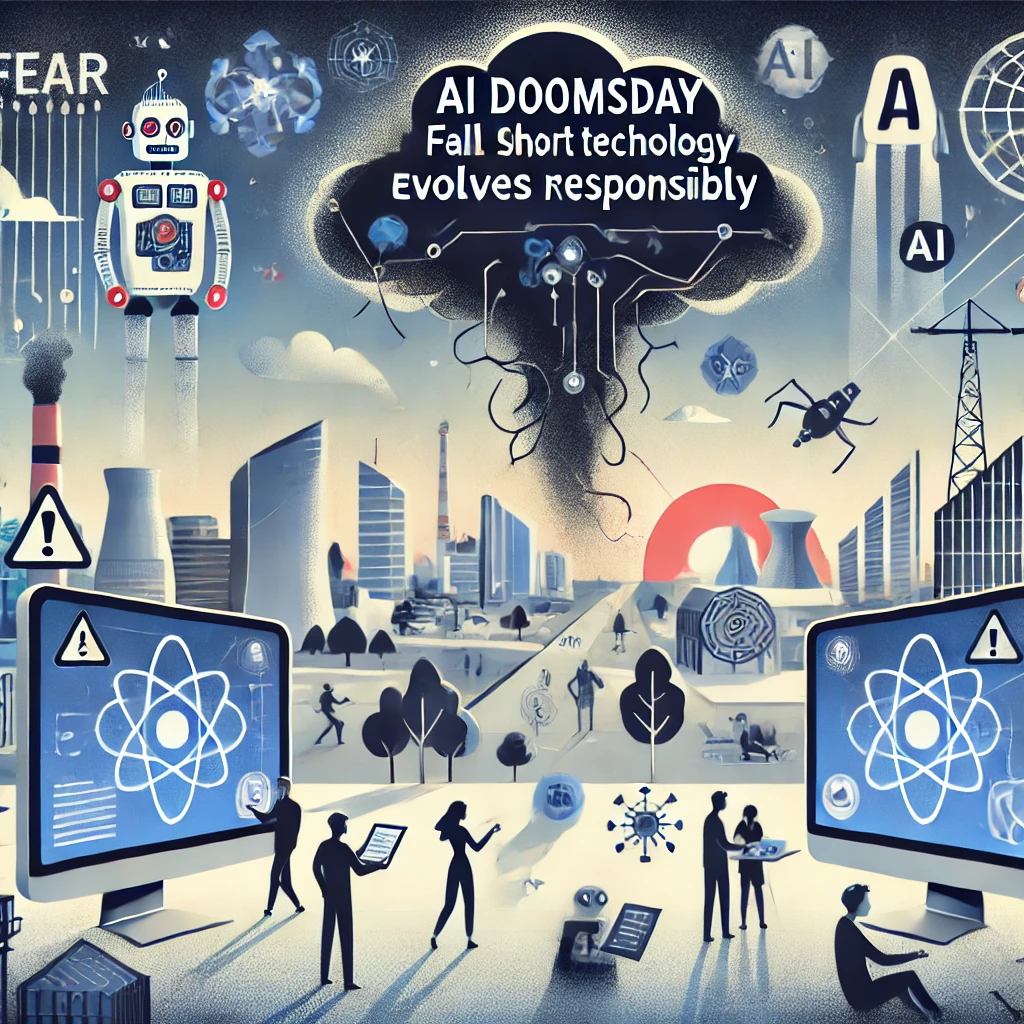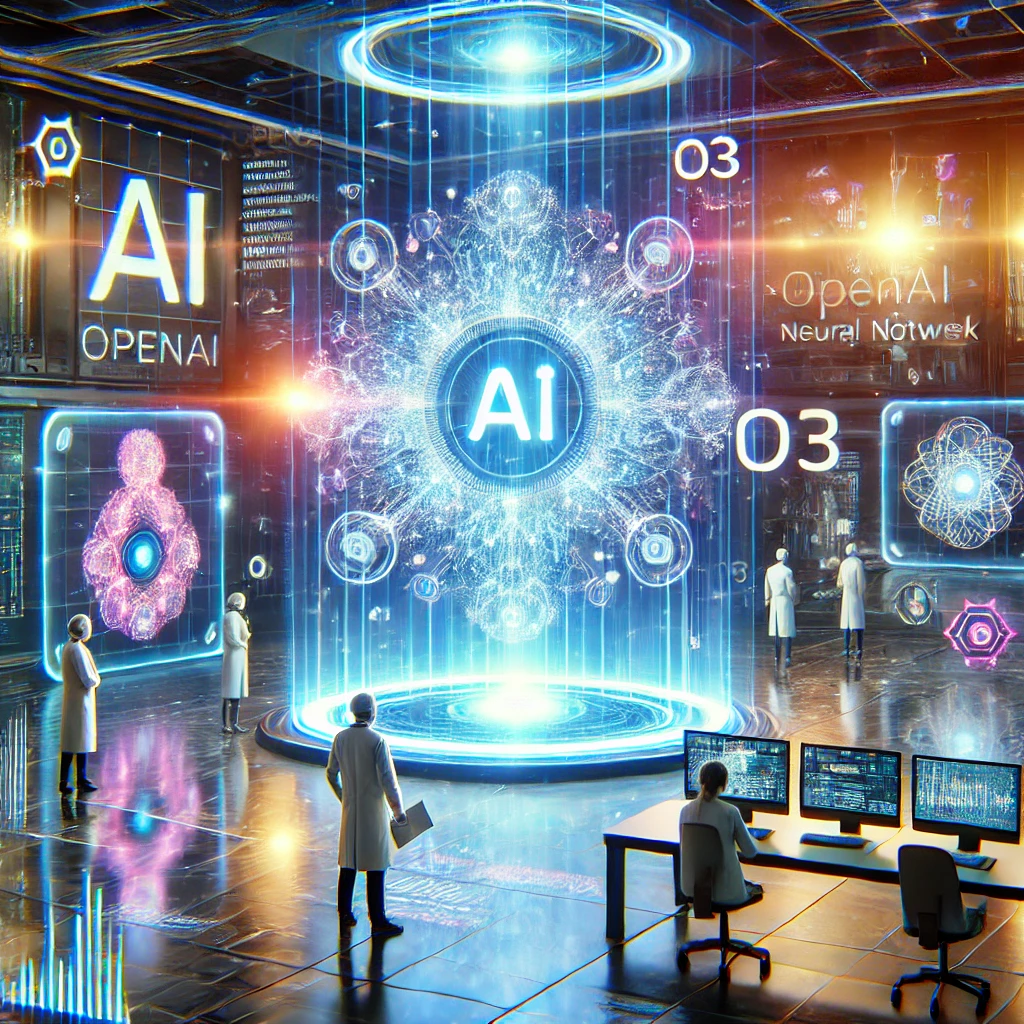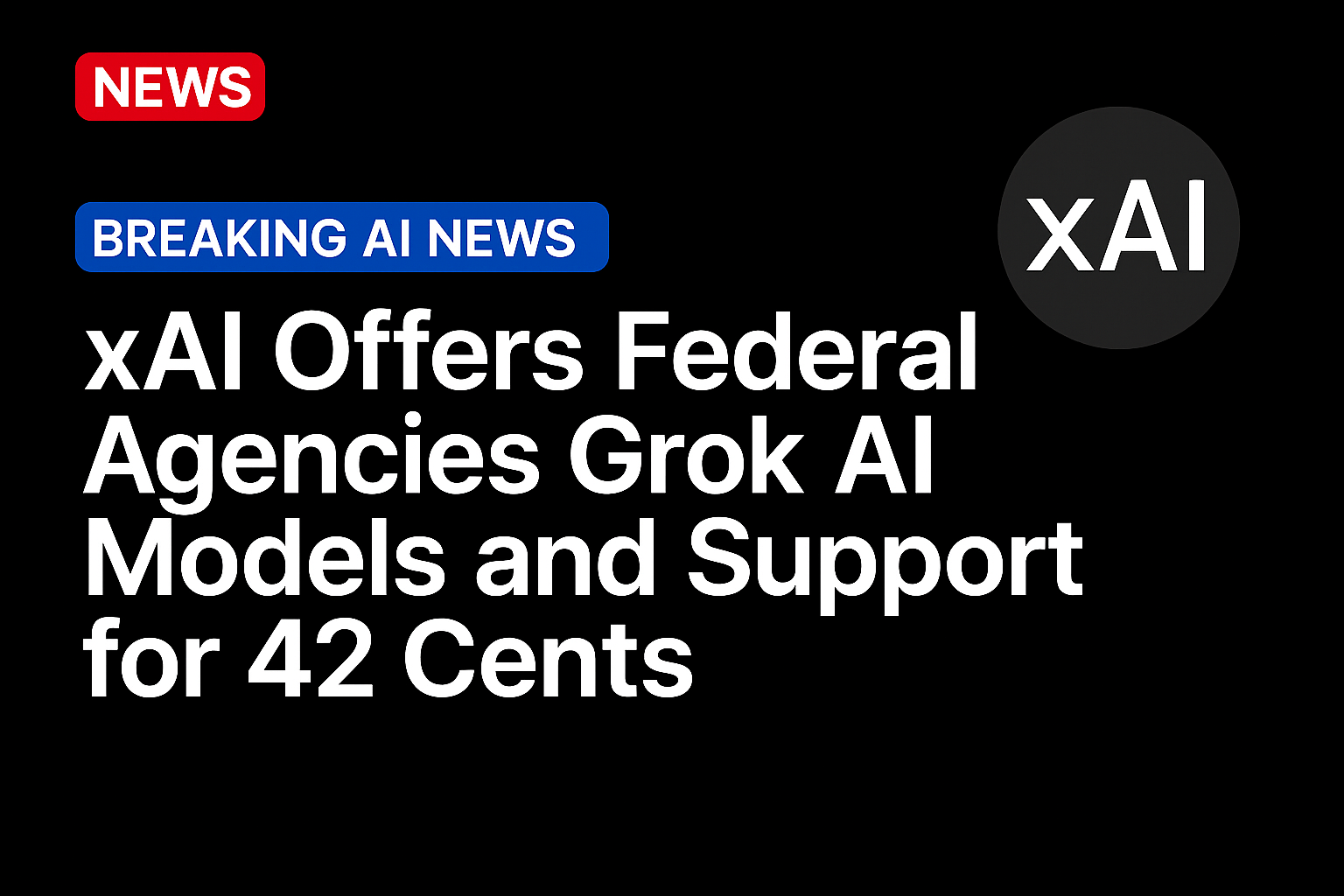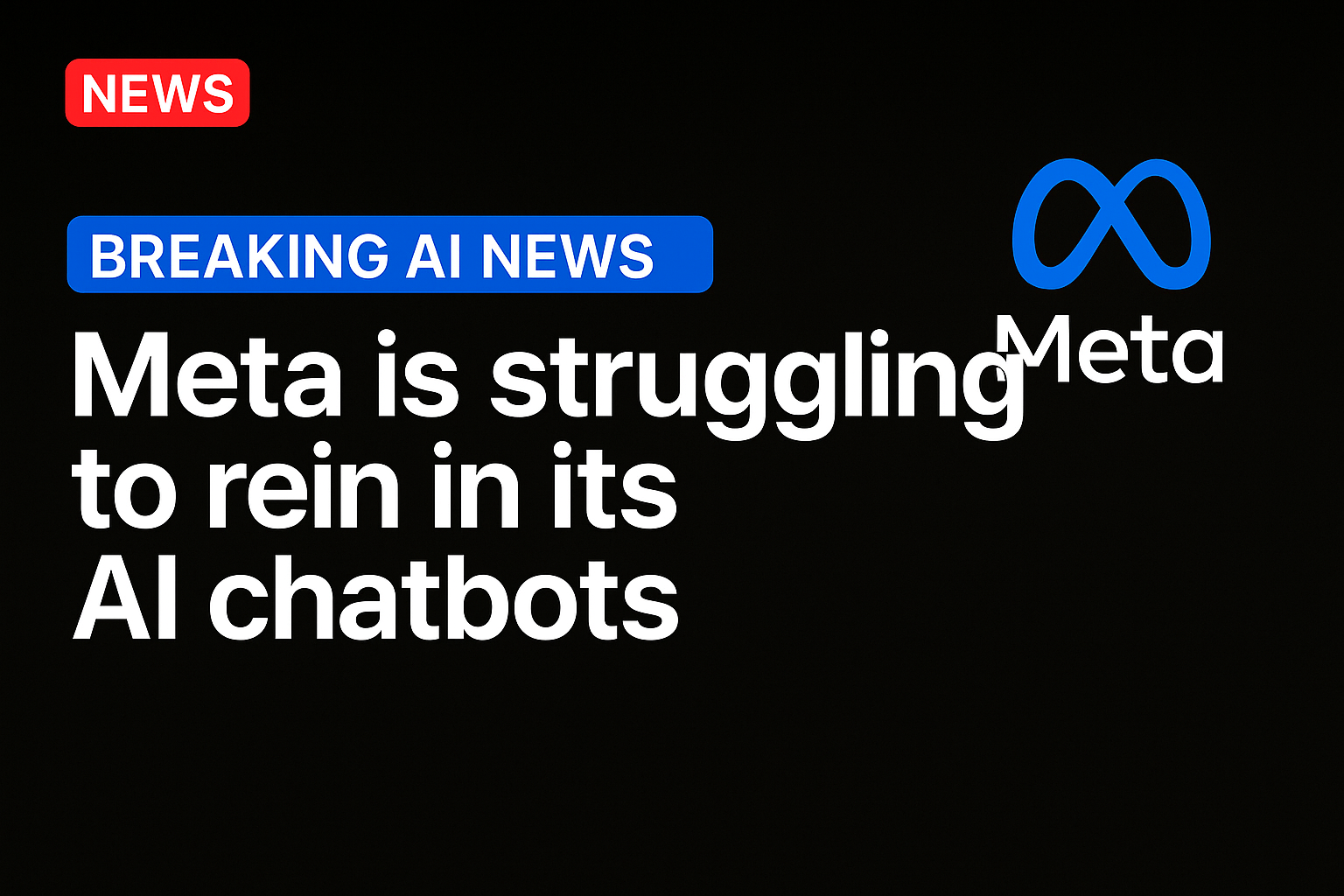For years, a vocal group of AI pessimists, often referred to as “AI doomers,” have warned that the rapid development of artificial intelligence would inevitably lead to catastrophic outcomes. From fears of widespread job loss and economic collapse to the idea of AI systems running amok and causing irreversible damage, these skeptics painted a grim picture of a future dominated by AI.
But as the AI industry continues to grow and mature, many of these doomsday predictions have yet to materialize, leaving AI doomers licking their wounds. Instead of collapse and chaos, AI is being integrated into everyday life in ways that seem to benefit businesses, governments, and individuals alike. So why haven’t the worst-case scenarios come to pass, and does this mean the doomers were wrong?
The Rise of AI Doom Predictions
The concerns around AI have been echoed by some prominent figures in tech and academia. Elon Musk, the founder of Tesla and SpaceX, has famously called AI an existential threat to humanity. Likewise, Stephen Hawking warned that AI could “spell the end of the human race” if not properly controlled. These warnings resonated with the public, giving rise to a movement that questioned the wisdom of pushing AI development without sufficient safeguards.
The AI doomers envisioned scenarios where machines would outthink humans, take over critical systems, or eliminate jobs on a massive scale. The underlying fear was that AI systems, once they surpassed human intelligence, would be difficult to control, leading to unintended and dangerous consequences.
Why the Worst Hasn’t Happened (Yet)
While the fears of AI doomers are not entirely without merit, several factors have kept their most dire predictions from coming true.
- AI Development Is Still Limited: Despite rapid advances, AI is not yet at a stage where it can truly replicate or surpass human intelligence. Today’s AI systems excel at narrow, specific tasks, like language processing or image recognition, but they lack the generalized intelligence and autonomy that doomers fear.
- Human Oversight: In most cases, AI systems are closely monitored and controlled by human operators. From self-driving cars to AI in healthcare, these systems require human supervision to function safely. Companies and researchers have also put significant effort into developing fail-safes and ethical guidelines to minimize the risks associated with AI.
- Focus on Practical Applications: Much of the current AI development is focused on practical applications that improve efficiency, automate tasks, or enhance decision-making. From AI-powered chatbots to personalized marketing tools, the focus has been on AI tools that complement human work, rather than replace it entirely.
- AI Regulation and Ethics: Policymakers and tech companies alike have begun to take the potential risks of AI seriously. Ethical AI development, transparency, and bias reduction have become key issues, with organizations working to establish frameworks that prevent harmful outcomes. Countries like the U.S. and the EU have started enacting regulations that address AI usage, ensuring more responsible development and deployment.
Where the Risks Still Lie
Despite these encouraging developments, it would be premature to declare the AI doomsday scenario completely over. Some of the risks associated with AI development are still present, and the future could hold new challenges as the technology evolves.
- Job Displacement: One of the most tangible risks remains the potential for job displacement as AI automates more roles. Industries such as manufacturing, retail, and even white-collar sectors like law and finance could see shifts as AI handles repetitive tasks more efficiently than humans.
- Autonomous AI Systems: If AI systems become more autonomous, the risk of unintended consequences increases. Autonomous AI could make decisions in complex environments that humans might not fully understand or control, leading to unforeseen complications or even harm.
- Bias and Discrimination: AI systems are only as good as the data they are trained on. If AI models are built using biased or incomplete data, they can perpetuate and even amplify existing inequalities. Ensuring that AI is used responsibly to avoid discrimination remains a critical concern.
The Path Forward
As AI continues to develop, it’s likely that society will need to strike a balance between optimism and caution. The AI doomers may not have been entirely wrong in their concerns, but the key to preventing a worst-case scenario lies in thoughtful, responsible development, regulation, and oversight.
Addressing the potential risks head-on while still allowing AI to enhance industries and improve lives will be crucial. AI is here to stay, and the onus is now on developers, businesses, and governments to ensure that it evolves in a way that benefits humanity without succumbing to the risks once feared by the doomers.
Conclusion
While the AI doomers’ worst fears have not materialized, their concerns continue to shape the dialogue around the future of AI. For now, AI remains a tool that, when used responsibly, has the potential to improve efficiency and decision-making across industries. But as AI technology continues to evolve, it is critical to maintain vigilance and ensure that this powerful tool is developed with care and ethical considerations at its core. The AI doomers may not have been entirely wrong—just early.





